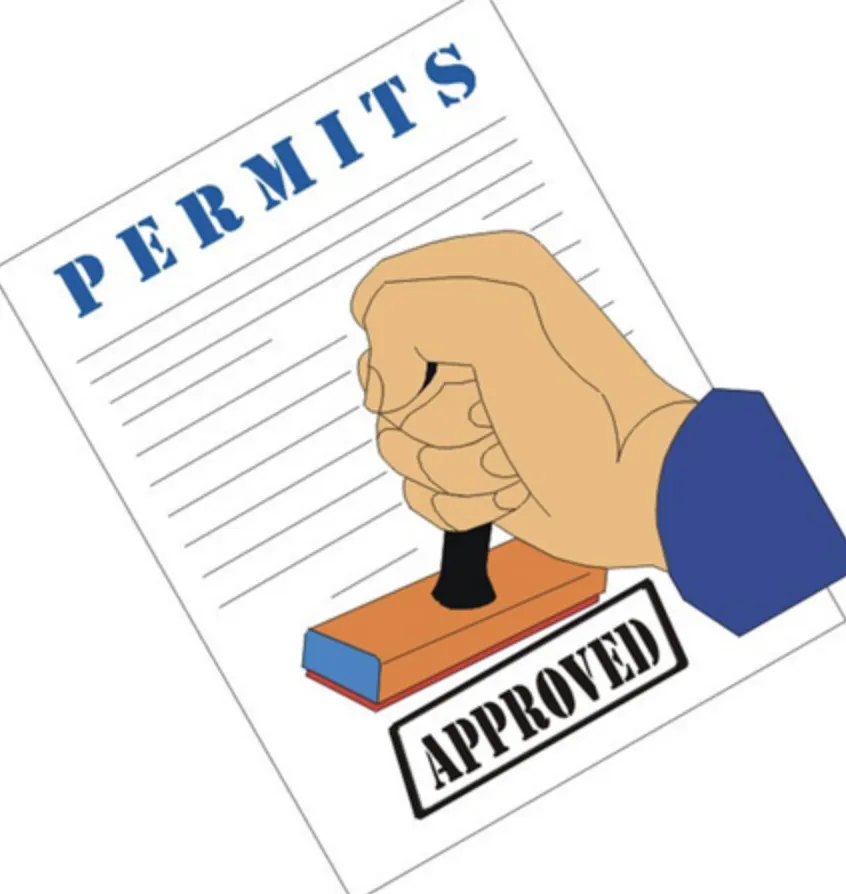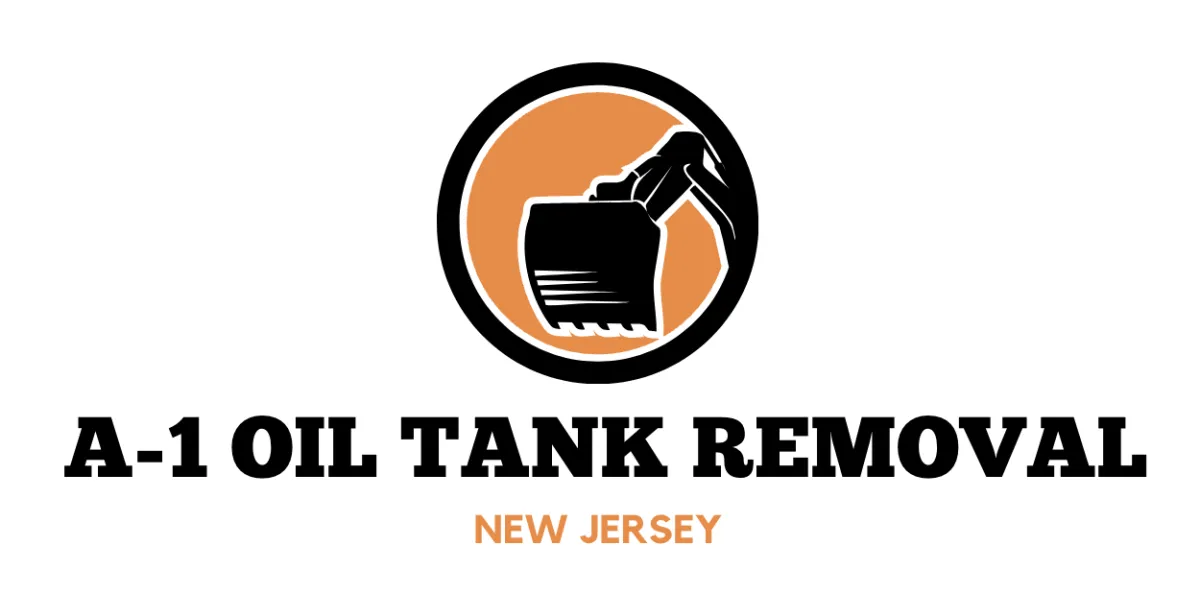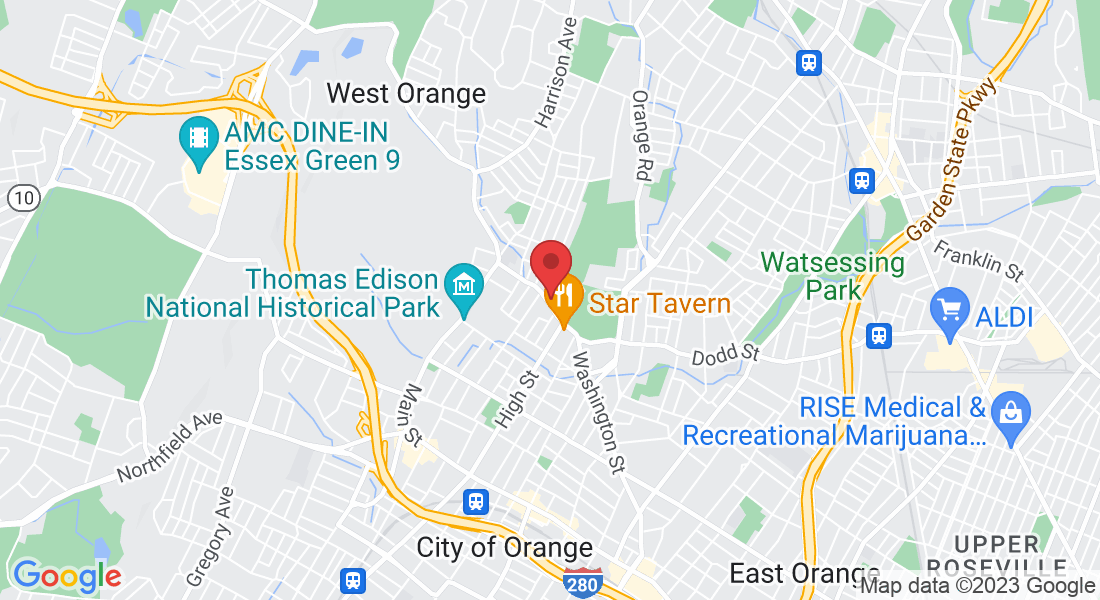SINCE 1978
We Provide Trusted
Oil Tank Services
A1 Soil Remediation Services will provide cost effective oil tank services you can trust!
Oil Tank Removal Process Step by Step

Step 1 - Review and sign contract. Assuming we can quote your over the phone, like most of our clients, we will email you a contract to review within a few minutes of our initial phone call. Our oil tank removal contracts are straight forward and easy to understand. They are always flat rate pricing so no extra charges will jump out at you after the project is completed.

Step 2 - After receiving your signed contract, A-1 will overnight your permit application to your local building department for review. Permits to remove an underground oil tank usually take a few days to a a few weeks, depending on the township you live in. We do everything in our power to speed up this process.

Step 3 - Once the permits are approved by your township, we will call for utility mark outs and schedule the oil tank to be removed. We can typically schedule the oil tank removal within 5 business days of receiving the permits. The oil tank removal will take one business day to complete.
What Happens if Your Oil Tank Fails the Township Inspection?
What Our Clients Say!
Youtube Channel
Tank TV
Follow our journey on Youtube and get educated about the process of removing underground heating oil tanks.
Tank Under a Deck
Cleanup Not Required
Sand Filled Oil Tank Scam
Do You Have Questions? Please Go Through 'Frequently Asked Questions' First
Top 5 Most Frequently Asked Questions
(1) What Happens if My Oil Tank Fails the Township Inspection?
If your oil tank fails the visual inspection, indicating evidence of a discharge such as tank holes, stained soils, or soil odor, the inspection will be deemed unsuccessful, and a NJDEP case number will be assigned.
Once you obtain the case number, there are two possible ways to resolve the issue. The first option is to sample the excavation area and demonstrate that the contamination level is within the cleanup standards.
The alternative approach involves performing a soil remediation, followed by sampling the excavation to verify that all contaminated soil has been properly excavated and disposed of. Subsequently, a report needs to be submitted to the NJDEP, who will then issue a "no further action" letter.
It's important not to be swayed by companies claiming that you have only one option. Many in the industry may attempt to push you towards a soil remediation project, even when it may not be necessary. We encourage you to reach out to us for further discussion and clarification.
At A-1 Oil Tank Removal, we prioritize providing accurate and tailored solutions for your specific situation. Our team will guide you through the available options, ensuring that you make informed decisions based on the actual requirements of your case. Contact us today to learn more and find the best course of action for your oil tank inspection results.
(2) Why Do You Take a Grab Sample if the Oil Tank Fails the Visual Inspection?
Our approach to handling cases where an oil tank fails the visual inspection and a NJDEP case number is assigned is designed to be the most cost-effective solution. Unlike other companies that may immediately propose a soil remediation contract without proper assessment, we take a more comprehensive approach.
Upon receiving the lab results from the initial grab sample, we will promptly contact you to discuss the available options for closing out the NJDEP case number. It's important to note that the grab sample incurs an additional cost of $120, which is not included in the fixed cost contract for the removal of your underground oil tank.
While the grab sample is not mandatory to proceed, we highly recommend it as it allows us to make the most informed and cost-effective recommendations for your specific situation. However, if the contamination is visibly evident, such as the presence of free-floating oil in the ground, we can bypass the sample and proceed directly with the soil remediation. In such cases, we are aware that the level of contamination exceeds the NJDEP cleanup standards.
At A-1 Oil Tank Removal, we prioritize providing transparent and tailored solutions. We aim to ensure that you receive the most appropriate and cost-effective recommendations based on your unique circumstances. Contact us today to discuss your situation further and determine the best course of action for closing out your NJDEP case number.
(3) How Many of the Oil Tanks Fail the Inspection?
Approximately 30% of the underground oil tanks we encounter during removal procedures fail the initial visual inspection. The primary cause of failure is the development of corrosion holes over time. Most of these tanks were installed in the 1940s and 1950s with an expected lifespan of 25 years.
Given their metal composition, corrosion is inevitable, particularly in areas with a high groundwater table. However, it's important to note that even if your oil tank is found to be leaking, it doesn't necessarily mean that a soil remediation is mandatory.
In many cases, depending on the results of our initial sample, a comprehensive soil investigation involving the collection of six samples under the supervision of a NJDEP certified subsurface evaluator can provide sufficient data to generate a report with laboratory results. This approach is a more cost-effective alternative to soil remediation and can effectively close out your assigned case number.
At A-1 Oil Tank Removal, we prioritize offering affordable solutions tailored to your specific situation. Instead of immediately opting for a soil remediation, we explore alternatives such as a soil investigation with multiple samples. Our aim is to provide you with the most suitable and budget-friendly options for addressing the issue at hand.
(4) How Much Does it Cost to Remove an Underground Heating Oil Tank?
The cost of our services is primarily determined by two key factors: the tank's location on the property and its size. For an easily accessible 550-gallon underground heating oil tank, our flat rate is $1,400. This comprehensive rate covers permits, the proper disposal of tank contents, and backfilling of the excavation. However, please note that any additional restoration work, such as blacktop or concrete, is not included in this price.
In the case of a 1,000-gallon underground oil tank with easy access, the flat rate is $1,800. This rate encompasses permits, the safe disposal of tank contents, and backfilling of the excavation. As with the previous scenario, final restoration work is not part of the quoted price.
To ensure you stay informed about any ongoing promotions we offer, we encourage you to sign up for our newsletter. It's essential to thoroughly understand the contract you are signing, as many oil tank removal contracts have open-ended terms and various line items that can significantly increase the estimated price, potentially amounting to thousands of dollars.
At A-1 Oil Tank Removal, we strive to provide transparent pricing and keep our clients informed about any available promotions. By signing up for our newsletter, you can stay updated on the latest offerings and make an informed decision that aligns with your specific needs.
(5) How Long Does it Take to Remove an Underground Oil Tank?
Easy access projects can be completed in just one business day. However, please note that the scheduling of the removal project is subject to the approval of all necessary township permits. The timeframe for obtaining these permits can range from one business day up to twenty-one business days.
Rest assured that once we have received the approved township permits, we will promptly schedule your project. We strive to do so within five business days, ensuring efficient and timely service delivery. Our goal is to minimize any potential delays and expedite the process to meet your needs as quickly as possible.
Get an Instant Quote!

